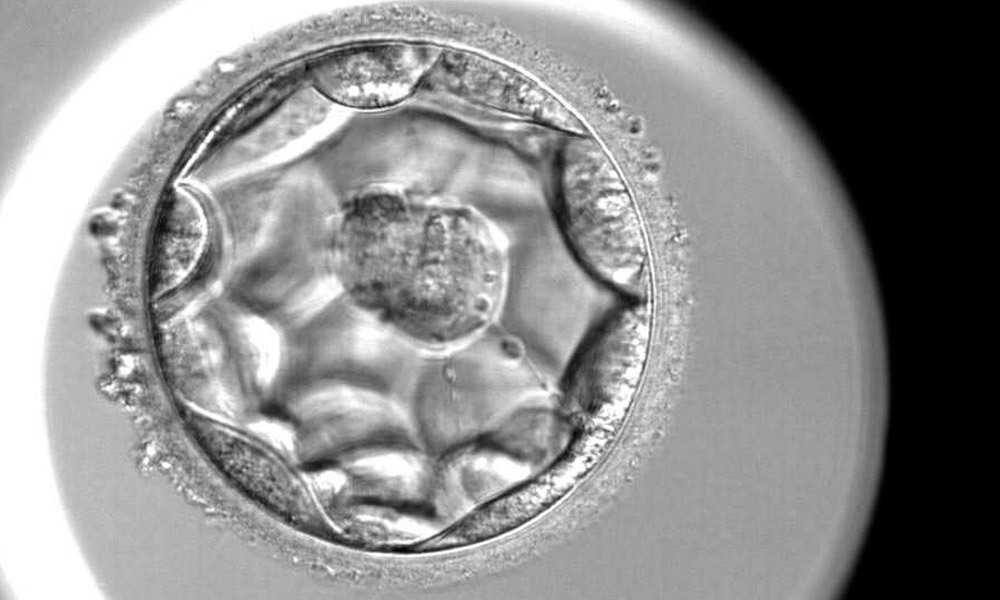
Since the beginning of IVF, embryo selection has been based on morphology. Despite the emergence of new non-invasive selection methods, the majority of fertility centres continue to rely on morphological criteria. For this reason, the embryologist Carme Pons from Dexeus Mujer has led a retrospective multicentre study promoted by the Embryology Interest Group of ASEBIR. The aim of the study was to develop a new classification method at the blastocyst stage (day 5 of embryo development) that was objective, easy to use and included quantitative measures in the evaluation of the blastocyst.
A total of 6 fertility centres in Spain participated in the study and 1044 blastocysts were examined. The study included IVF cycles with oocytes from patients aged 18-39 years and egg donation cycles with recipients aged 18-45 years. The ultimate goal was to be able to distinguish the blastocysts with the highest potential among all the sibling embryos of a patient in order to shorten the time to the birth of a healthy child.
The study assessed the characteristics of the blastocysts (the degree of blastocyst expansion, the quality of the trophectoderm and the quality of the inner cell mass) both morphologically and morphometrically. The authors concluded that the use of quantitative cut-off points allows for an objective and replicable assessment of blastocysts, reducing inter-observer variability and allowing for a more accurate, reliable and easily replicable grading system.
Reference article:
Predicting the likelihood of live birth: an objective and user-friendly blastocyst grading system - ScienceDirect
Mª Carme Pons, Beatriz Carrasco, Natalia Rives, Arantza Delgado, Alvaro Martínez-Moro, Luís Martínez-Granados, Ignacio Rodriguez, Olga Cairó, Irene Cuevas-Saiz, SIG Embryology of ASEBIR.
Reproductive Biomedicine online. Available on line 3 juny 2023.
doi: https://doi.org/10.1016/j.rbmo.2023.05.015